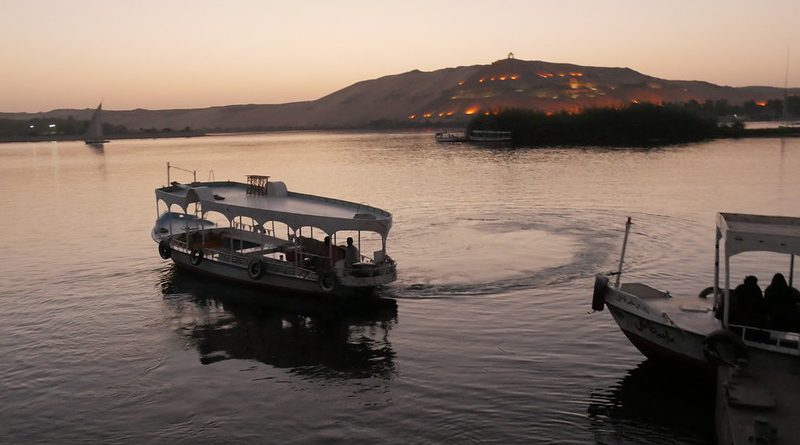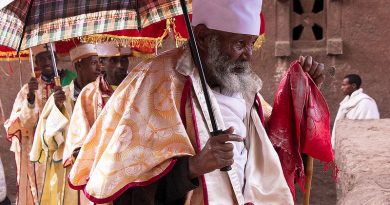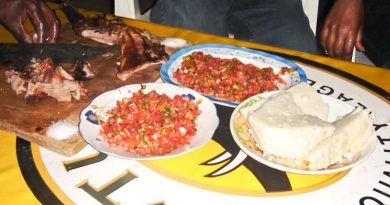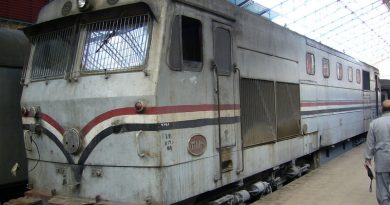Story of The Nile
The Nile is the longest river in Africa, covering a distance of almost 7,000 kilometres . It flows through eleven countries: the Democratic Republic of the Congo, Tanzania, Burundi, Rwanda, Uganda, Kenya, Ethiopia, Eritrea, South Sudan, Republic of the Sudan, and Egypt.
It is the primary water source of Egypt, Sudan and South Sudan and is an important economic river, supporting agriculture and fishing.
The Nile has two major tributaries – the White Nile and the Blue Nile. The White Nile is traditionally considered to be the headwater. However, the Blue Nile is the source of 80 per cent of the water of the Nile downstream.
The White Nile is longer and rises in the Great Lakes region. It begins at Lake Victoria and flows through Uganda and South Sudan. The Blue Nile begins at Lake Tana in Ethiopia and flows into Sudan from the southeast. The two rivers meet at the Sudanese capital of Khartoum.
The northern section of the river flows north almost entirely through the Nubian Desert to Cairo and its large delta, and the river flows into the Mediterranean Sea at Alexandria.
Egyptian civilization and Sudanese kingdoms have depended on the river and its annual flooding since ancient times. Most of the population and cities of Egypt lie along those parts of the Nile valley north of the Aswan Dam. Nearly all the cultural and historical sites of Ancient Egypt developed and are found along river banks.
The Greek historian Herodotus wrote that “Egypt was the gift of the Nile”. It played a crucial role in the development of Egyptian civilization. Because the river overflowed its banks annually and deposited new layers of silt, the surrounding land was very fertile.
The Ancient Egyptians cultivated and traded wheat, flax, papyrus and other crops around the Nile. Wheat was a crucial crop in the famine-plagued Middle East. This trading system secured Egypt’s diplomatic relationships with other countries and contributed to economic stability. Far-reaching trade has been carried on along the Nile since ancient times.
The Nile was also an important part of ancient Egyptian spiritual life. Hapi was the god of the annual floods, and both he and the pharaoh were thought to control the flooding. The Nile was considered to be a causeway from life to death and the afterlife. The east was thought of as a place of birth and growth, and the west was considered the place of death, as the god Ra, the Sun, underwent birth, death, and resurrection each day as he crossed the sky.
The Nile has long been used to transport goods along its length. Winter winds blow south, up river, so ships could sail up river using sails and down river using the flow of the river.
Nile cities include Khartoum, Aswan, Luxor (Thebes), and the Giza – part of the huge city of Cairo The first cataract, the closest to the mouth of the river, is at Aswan, north of the Aswan Dam. This part of the river is a regular tourist route, with cruise ships and traditional wooden sailing boats known as feluccas. Many cruise ships ply the route between Luxor and Aswan, stopping at Edfu and Kom Ombo along the way.
European Discovery
Lake Victoria was first sighted by Europeans in 1858 when British explorer John Speke reached its southern shore while traveling with Richard Burton to explore central Africa and locate the great lakes. Believing he had found the source of the Nile on seeing this “vast expanse of open water” for the first time, Speke named the lake after Queen Victoria. Burton was outraged that Speke claimed to have proven his discovery to be the true source of the Nile when Burton regarded this as still unsettled. A quarrel ensued which sparked intense debate within the scientific community and interest by other explorers keen to either confirm or refute Speke’s discovery.
British explorer and missionary David Livingstone pushed too far west and entered the Congo River system instead. It was ultimately Welsh-American explorer Henry Morton Stanley who confirmed Speke’s discovery, circumnavigating Lake Victoria and reporting the great outflow on the lake’s northern shore.
Thanks to Wikipedia for some of the text in this article
Destination links:
Democratic Republic of the Congo, Tanzania, Burundi, Rwanda, Uganda, Kenya, Ethiopia, Eritrea, South Sudan, Republic of the Sudan, Egypt




